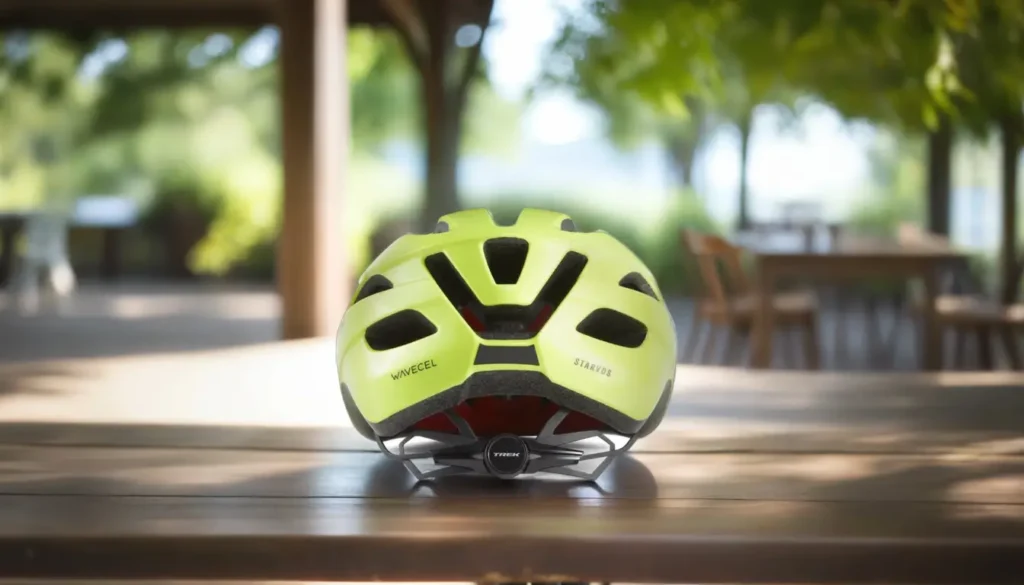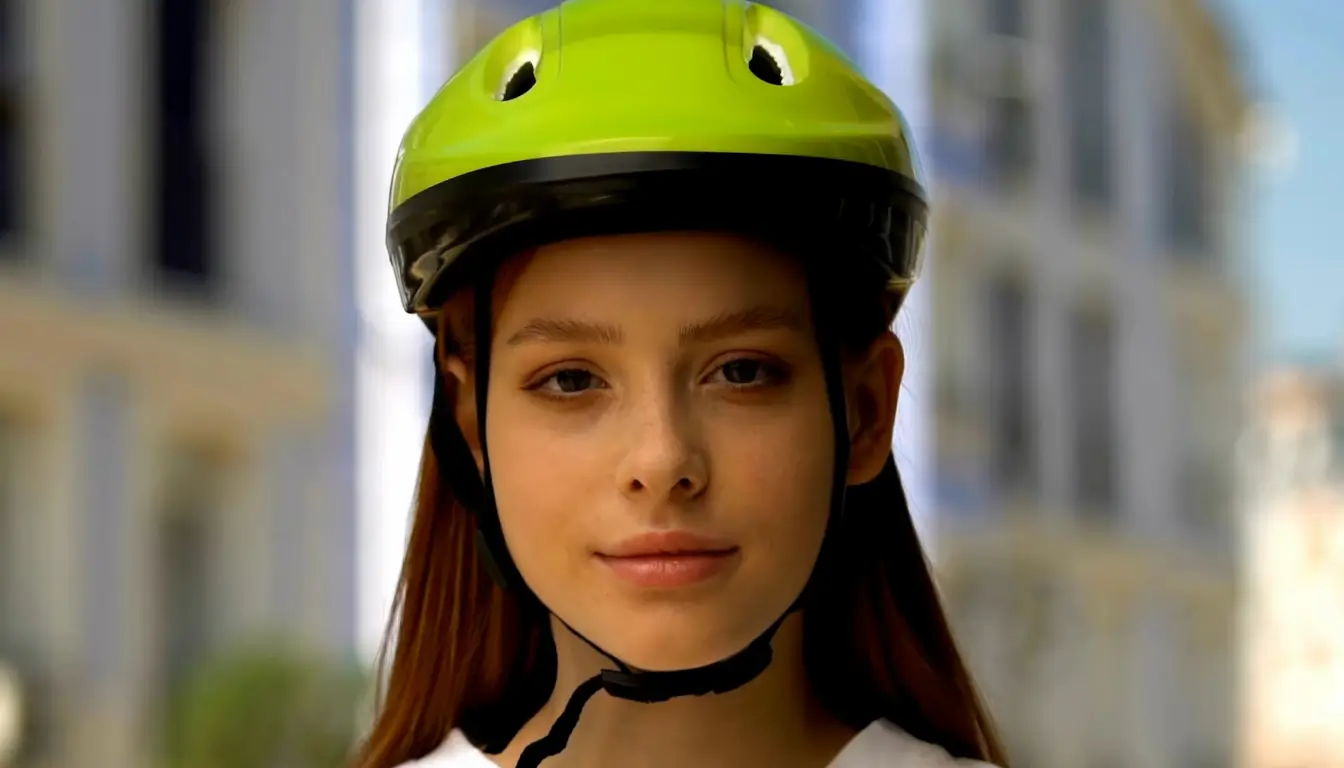Usually, off-road helmets, and particularly mountain bike helmets, have a look that is easily distinguishable from other types of helmets. Because they have a visor, often known as a “peak,” they may be distinguished from the helmets used in road cycling, mountain biking, or any other type of cycling.
This is essentially a plastic or carbon shield that can be removed and replaced, and it is fastened to the top of the helmet. Easily understood and not too complicated. However, why exactly do mountain bike helmets have peaks?
This article is for anyone asking these questions and is a one-stop solution.
Why Mountain Bike Helmets Have Peaks
A mountain bike helmet should include a peak for the purpose of providing protection from blinding sunlight, trail debris, rain, and branches, in addition to impact absorption.
It is sometimes referred to as a visor, and its primary function is to shield the rider’s face and eyes from any object, even the ground.
Because the rider of a mountain bike must adopt a higher upright attitude to compensate for the effects of bumpy terrain, these features are unique to MTBs. A greater helmet’s surface area would have no discernible effect on aerodynamics in mountain biking because typical speeds are so much lower than in road cycling.
How Mountain Bike Helmet Peaks Work
Part of the thrill of bike riding is navigating the ever-shifting light as you weave in amidst the forests. Having sharp eyesight is essential for seeing the path ahead. Thus, any enhancements to it are desirable. Sun glare is always a problem, even when using cycling or driving sunglasses (unless you’re in the UK). The use of a visor to shield the rider’s eyes from the sun is one technique to increase the rider’s comfort and performance while out on the road.
The same can be said about rain; it’s preferable to have it hit your helmet rather than your goggles or eyes. A peak may not completely exclude the possibility of raindrops striking you, though it is undoubtedly better than nothing
Some professional mountain bikers may even extend their visor and attach goggle lenses or mudguards as a makeshift solution for races in the rain.
Inevitably, when riding a bike, you’ll have to keep your head cocked to one side. This is especially true while riding an uphill-specific race bike with a much more straight body position and less so when riding an Enduro or downhill bike.
Thus, helmets of these two types can be distinguished from one another by the length and shape of their visors. Because of this, the peak can function properly without any special effort.
The peak is not designed to absorb impacts like the chin bar of a full-face helmet does but rather to provide a buffer zone between the face and trail litter, your front tire, and the ground.
Roots and rocks protruded from the trail’s surface, making for an uneven ride. The peak adds an extra layer of protection in the event of an accident by keeping the wearer’s face a few inches higher off the ground when the helmet lands on uneven ground.
When you’re in the great outdoors, you have to deal with more than just the rough terrain of the trail itself. Plants, trees, and insects that can fly would fall within this category. A lot of times, branches and insects get hit the rider’s head while biking.
A peak protects the rider from all that and enables riders to focus on the trail/ road above them rather than having them get distracted by what’s above.
Pros and Cons of MTB Helmet Peaks
The greatest drawback of helmet peaks is the increased rotating force that they induce. When traversing wild terrain, there are a number of edges that a helmet might snag on and be severely yanked by.
A peak is just an additional protruding component that is positioned and prepared to drive into the ground in this case. Because of this, it is essential to avoid tightening the attachment bolts too much in order to allow them to bend.
If you hit and snag a low-hanging branch, you run the risk of having your head violently jerked backward and injuring your neck in the process. This scenario occurs less frequently but is still a possibility. This may happen in overgrown trails. On the other hand, the peak deflects the majority of the time rather than catching.
It is possible for a peak to get bowed down and shoved into the face. However, this is an extremely uncommon occurrence, statistically speaking. In the case that it did, it will most likely keep other objects from being thrown into the compartment during the severe impact.
Should you Buy a Helmet with a Peak?

Yes, you should definitely buy helmets with peaks as they are extremely useful and protect the rider from glare, insects, branches, and many other objects. All this allows the rider to focus solely on the road and avoid other hazards.
When mountain biking downhill at high speeds, it is more important to have a helmet with a visor than when climbing hills or traveling long distances. Peaks are less important when climbing hills or traveling long distances.
When traveling at fast speeds, it assists in keeping the face protected from elements such as the sun, rain, dirt, and branches. However, it does restrict one’s range of view and causes the neck and face to bear a little bit of extra weight.
It might be surprising but whether to use a helmet with a peak or not is actually a very popular topic that is heavily debated in the bike riding community, and every time names of non-visor helmet users are brought up.
Conclusion
Helmets with peaks are very important for a lot of reasons, the main one being safety. Riders can ride their bikes along the trail with fewer worries of safety issues or being struck by an object, as visors provide good protection against them.
This also allows riders to bike more efficiently and focus better on the road rather than having to look up and see what hit them, minimizing risks of biking hazards.
I hope this article answered all the unanswered questions the readers might have had.

